Jacob Claesse Lock, Side Press Lock
Good water resources management requires cooperation. No water board can do everything alone. But that cooperation left a lot to be desired in the past. The Jacob Claessesluis lock is a monument that recalls the centuries-long struggle between the Zijpe polder and the Hoogheemraadschap van de Uitwaterende Sluizen. The high water board eventually won - and wanted everyone to know it.
The Zijpe was the first major embankment in North Holland and in many ways the most difficult. The new polder was repeatedly flooded. It was not until 1597, more than forty years after the first embankment, that the Zijpe remained dry. During the time that the Zijpe lay "in common with the sea," some polder administrators did not give up hope. One of them was the Amsterdam merchant Jacob Claesz (1530-1587), since 1566 heemraad and from 1569 until his death treasurer of the Zijpe.
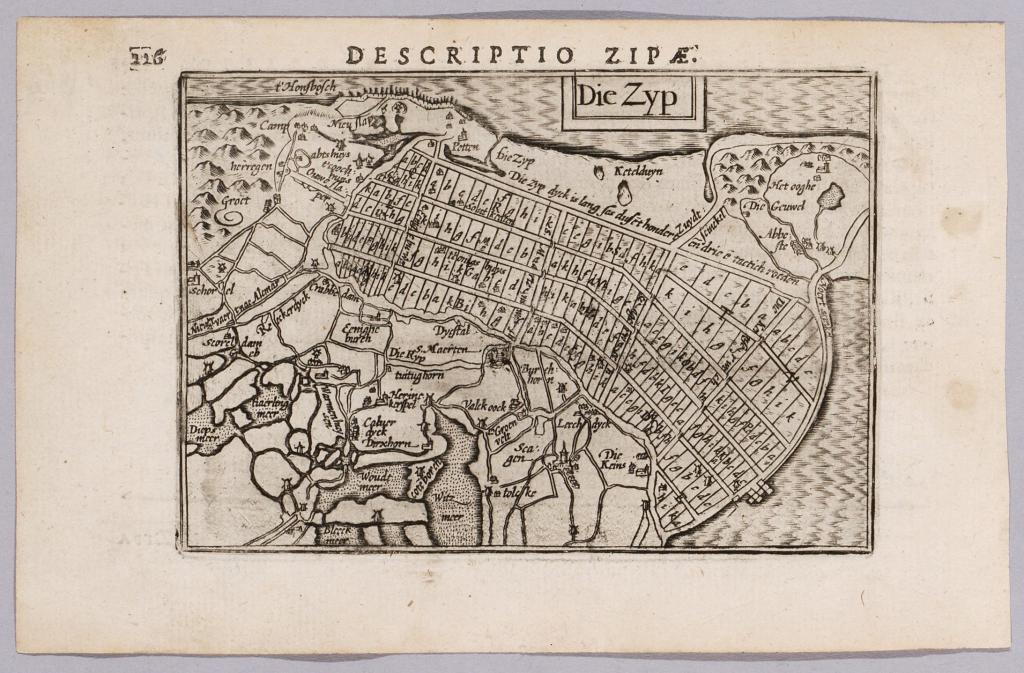
King Philip II played an important role in the laborious embankment of the Zijpe. In 1564, he gave the dykes permission to build a sluice in the Oude Schoorlse Zeedijk, so that the new polder could discharge water and boats could pass through. Why the lock was named after Jacob Claesz is unknown. It was also sometimes forgotten and referred to as the "Old St. Jacobs Lock" or the "Zijpersluis.

In the 17th and 18th centuries, the lock became notorious for being the object of conflict between cities and water boards with different interests. In the 1630s, for example, the city of Alkmaar hoped to attract more trade by making it possible for seagoing ships from the Zuiderzee to sail to Alkmaar via the Grote Sloot through the Zijpe . Amsterdam and Haarlem, however, put a stop to this and kept anxious watch to ensure that the Jacob Claessesluis was not widened.
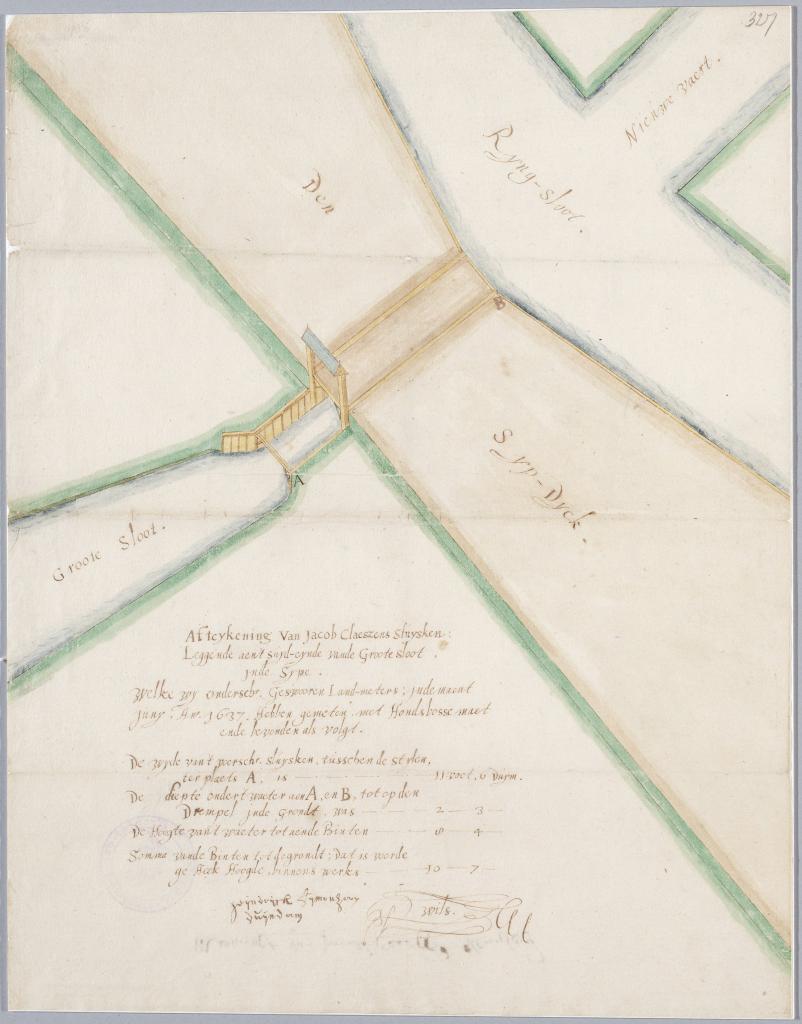
The polder authority of Zijpe and the district water board also had a long-running quarrel about the lock. The Schermerboezem, which was managed by the district water control board, had to be able to drain to the north via the Zijpe during high water, but often could not discharge its water because the polder kept the lock closed out of well-understood self-interest. The district water control board therefore wanted control over the lock and fought long lawsuits about it in The Hague - while both the district water control board and the Zijpe polder were based in Alkmaar, close to each other.

Sometimes there was a solution for a while, but centuries of contention did not end until 1808. In 1797 the provincial government had assigned the lock to the district water board, but the Zijpe put up tough resistance. The breakthrough came when the Netherlands became a kingdom in 1806. The Landdrost, a kind of commissioner of the king, could now determine that the sluice belonged to the high water board, period. From now on, Zijpe was only allowed to close the sluice when the polder was threatened by high water.
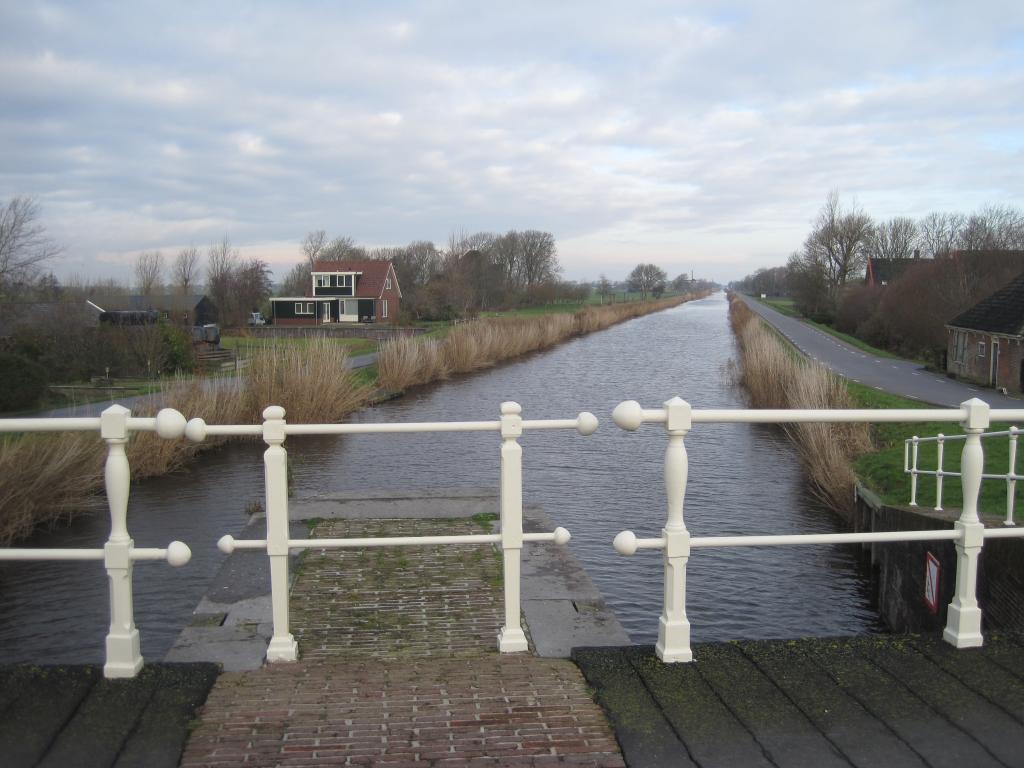
The Water Board immediately had the small wooden lock replaced with a much larger and wider stone lock that could be closed at high water with lowerable slides. Two lock chambers were needed because a single large slide could not go. Builder of the lock was the "carpenter" of the high water board, Cornelis Kuyper (1757-1825), employed from 1782 to 1822. The Alkmaar stonemason Casper Josephus Bottemanne (1757-1812) was commissioned to make two hefty memorial stones.
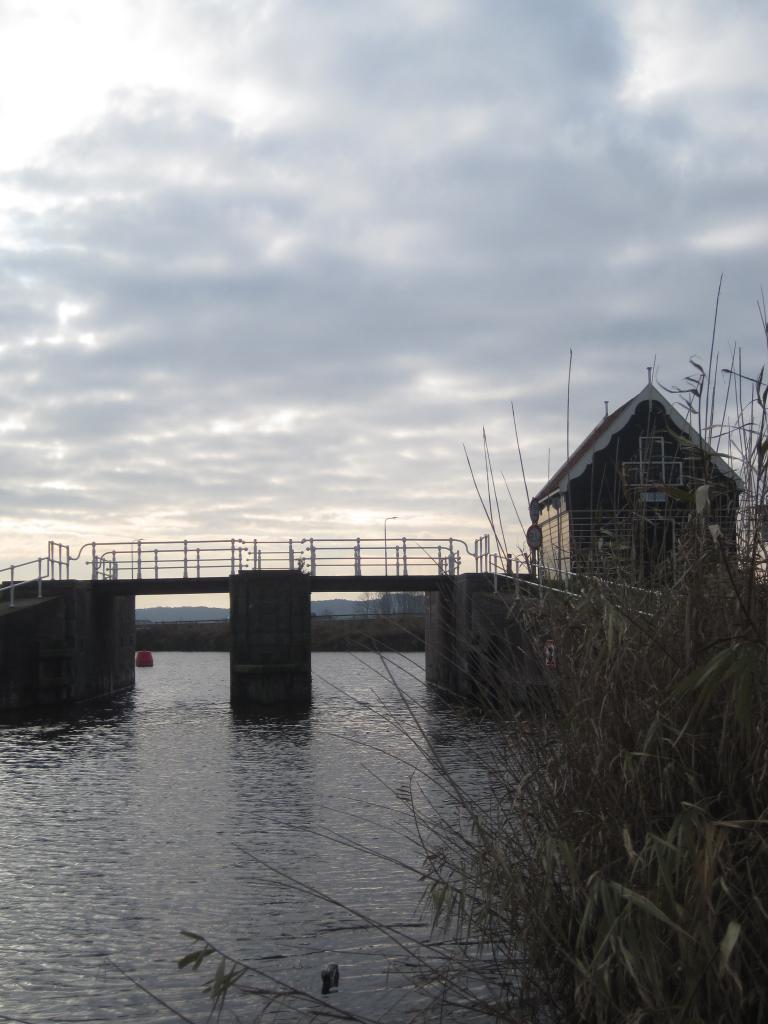
On June 29, 1809, at noon, the foundation stone was solemnly laid by four children, sons of the dike reeve, the secretary and two high councilors. Afterwards, the guests were given a sumptuous lunch. Among them were the land trustee and seven dikeworks. The dike grave of the Zijpe with his heemraden were present as the principal guests.
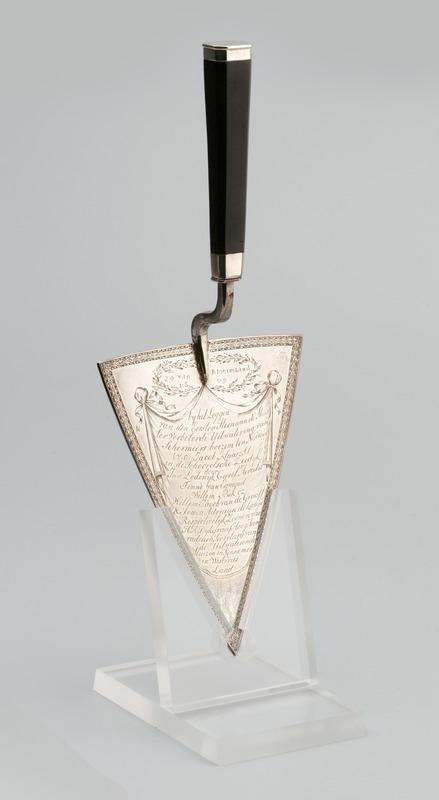
No mention is made of whether the Zijpe polder board enjoyed the evening's lunch and dinner in Alkmaar. In any case, the completed lock must have made the administrators swallow: the coat of arms of the Uitwaterende Sluizen (drainage sluices) now adorned the Zijpe side of the lock. It was very clear who had won after all these centuries.
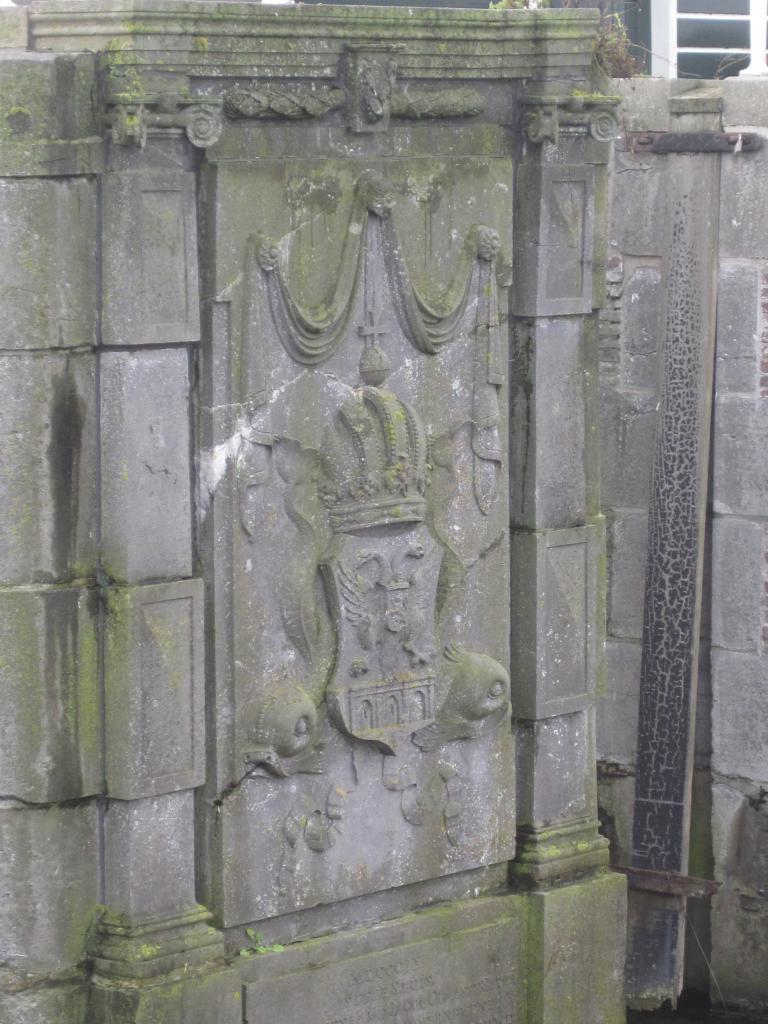
On the north side of the lock, the family coats of arms of the dike reeves and high councils of Uitwaterende Sluizen were placed. This had given the Zijpe a fine "entrance gate," so to speak. In 1912 the gates were replaced by gunwales, which were kept in the small shed next to the lock. The bulkhead bars were also only used in case of flooding. The lock was extensively restored between 2016 and 2017.
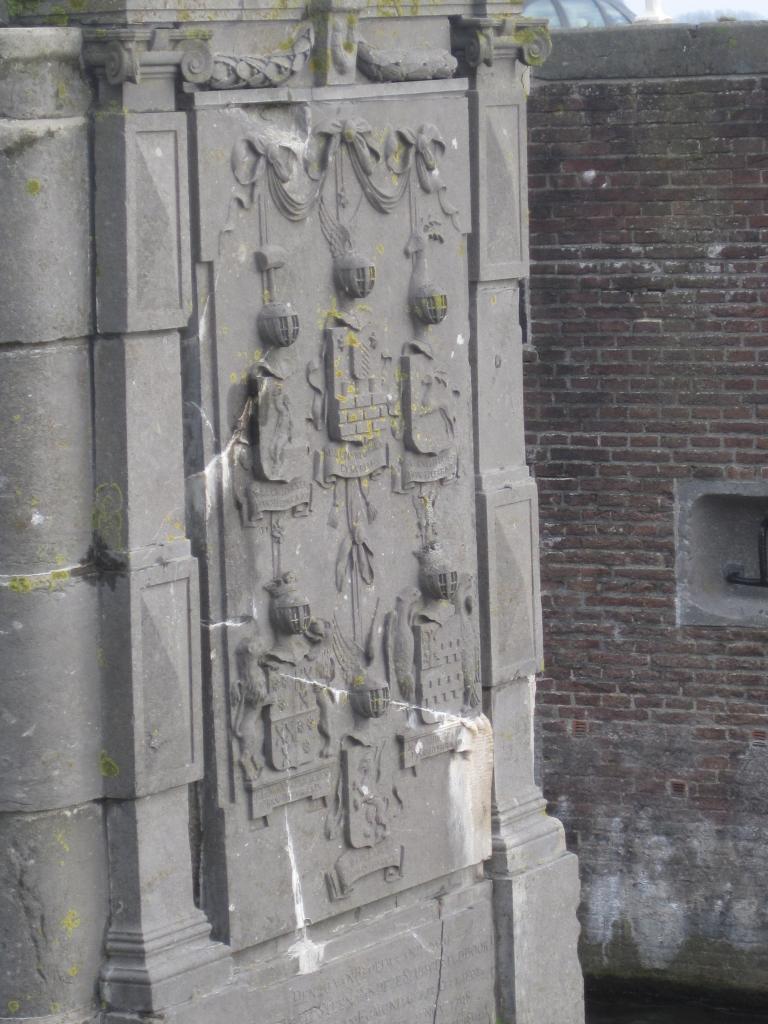
Additional
- You can read more about the lock battle between Alkmaar and Amsterdam and Haarlem in the description of the Schermer lock in Nauerna.
- Zijpersluis is a bit in a remote corner: those who want to bike or walk to the lock must cut off part of the route over and around the Westfriese Omringdijk via Krabbendam.
- The same goes for the third stage of the Streekpad Westfriese Omringdijk.
- Another, smaller hiking trail that comes close is the Nuwendoorn Trail.